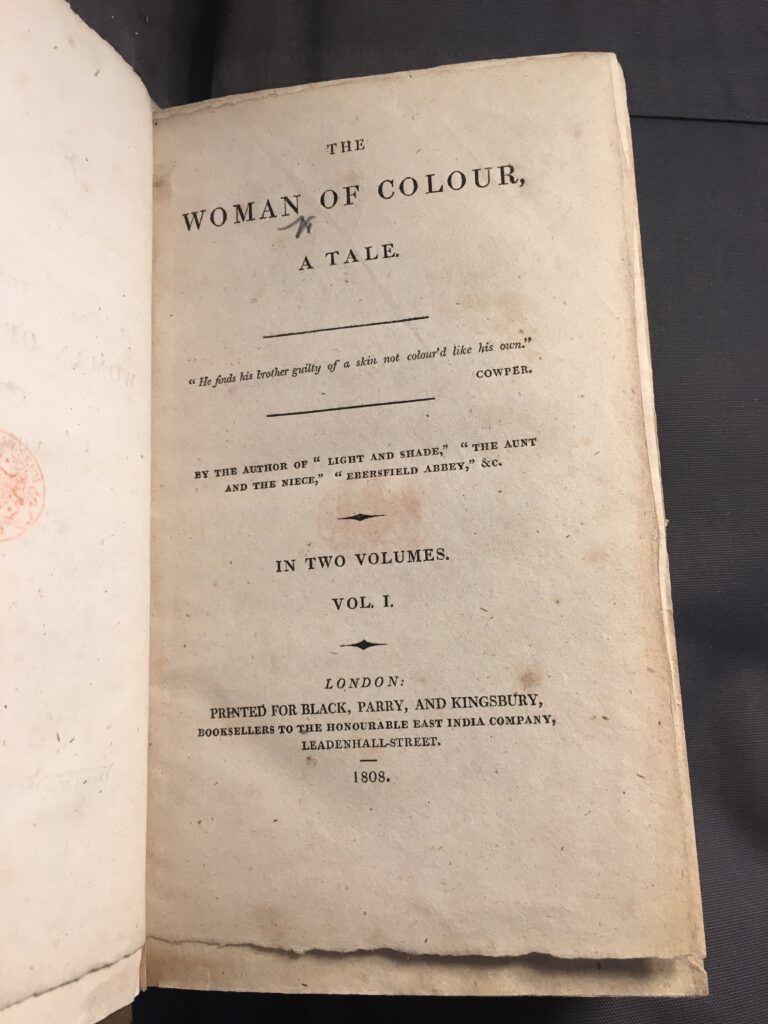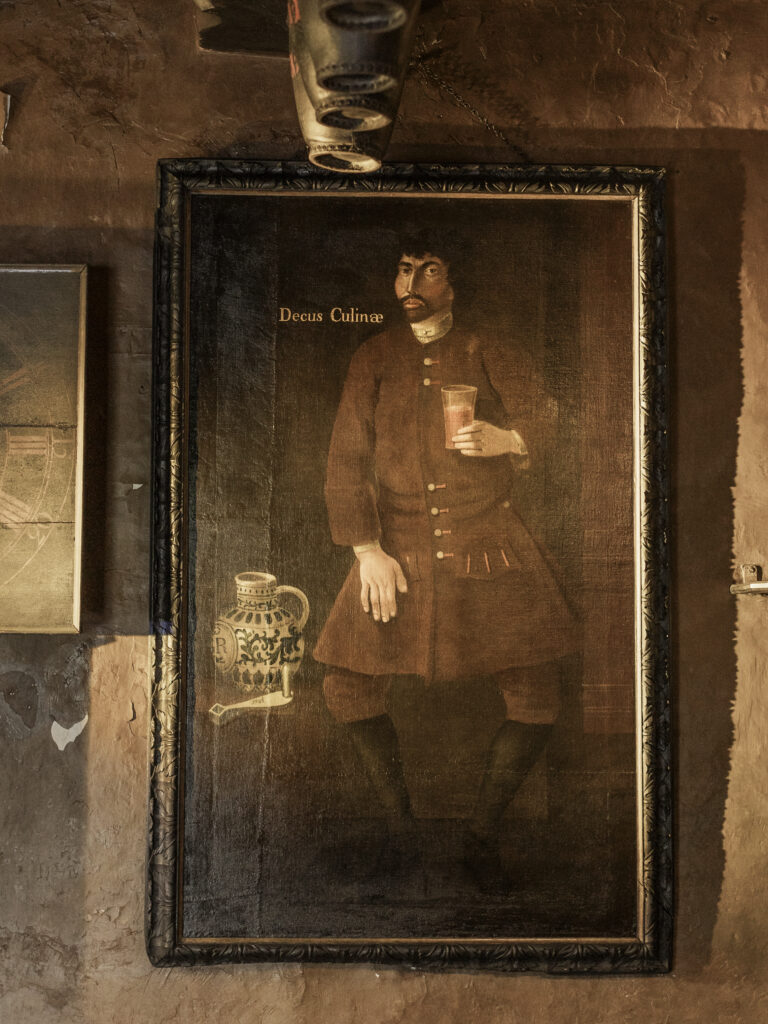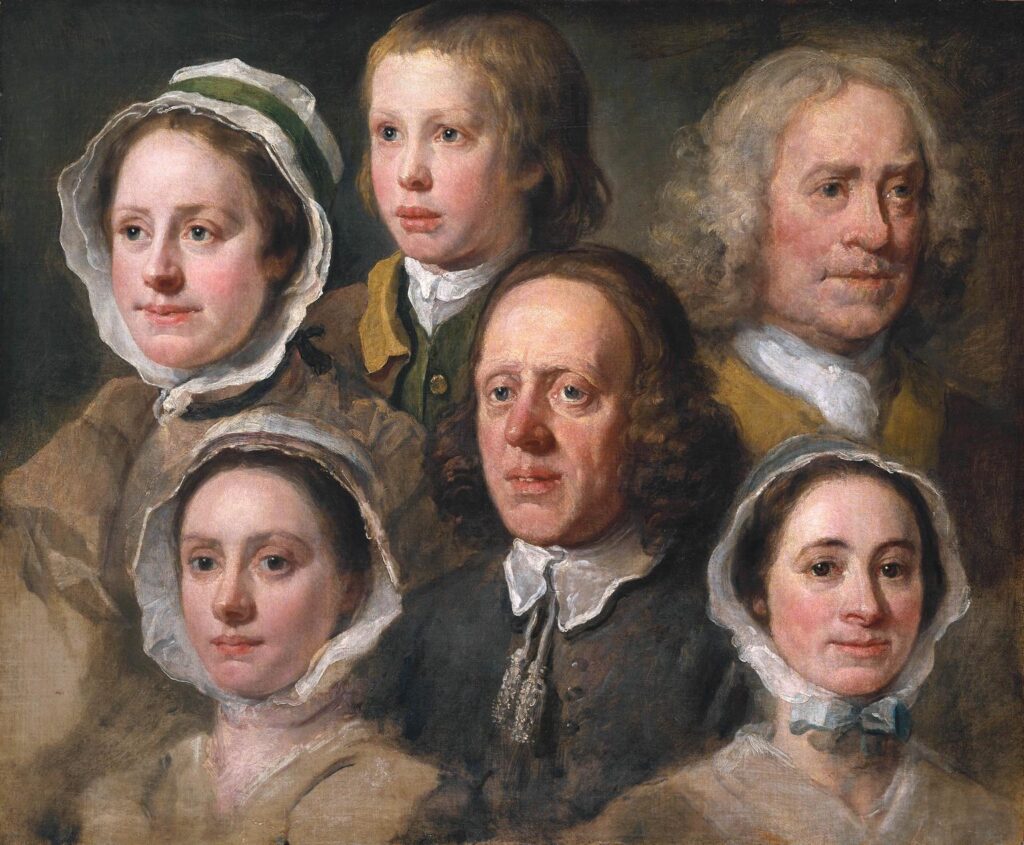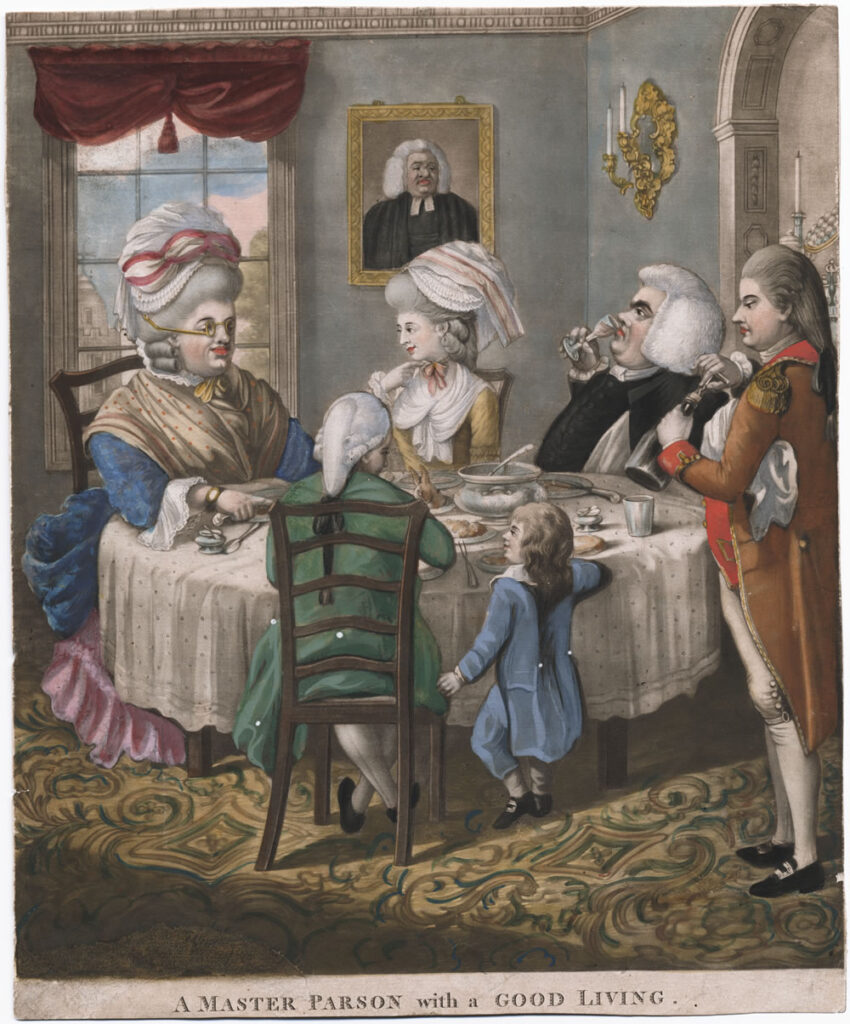
Exhibition: People
Find out about the people who lived and worked as servants
The Footman’s Livery
Footmen were the only servants of the house who had a strict uniform in the form of livery and were therefore the most visually defined servant in English country houses. The footman’s high visibility and active role at dinner required tasteful (and often quite expensive) livery that reflected the status of the family….

Thomas Barber, Mrs Mary Garnett in the Marble Hall, c.1800
Thomas Barber’s portrait depicts Mary Garnett in her 70s. Housekeeper at Kedleston in Derbyshire from 1766 through to her death in 1809, she stands in the impressive Marble Hall at the house, one of its veined columns visible to the left, grasping a copy of the Catalogue of Pictures, Statues &c. …
What’s in a name? The Woman of Colour and Fictional Representations of the Lady’s Maid in the Eighteenth-Century Country house.
Turn to any eighteenth-century novel, and it is immediately apparent that domestic servants are represented as central to both the daily life of the country house and the narrative of the novel. In The Woman of Colour (1808) the protagonist’s lady’s maid, Dido, plays an equally important role….


Mr Whitmore, John Wilton (c.1691-1751), 1728/9.
A rare ‘Chronology’ of servants who worked at Chirk Castle in Wales, handwritten late in the eighteenth-century, contains one stand-out entry. It reads: ‘John Wilton – a deformed Cripple taken into the Family by Sir Richard Myddelton and kept for Charity from his Youth to his Death which happen’d in October 1751 – near sixty years old’.
William Hogarth, Heads of Six of Hogarth’s Servants, c.1750-5.
William Hogarth’s oil sketch, executed in the 1750s, is one of the most famous images of servants executed in the eighteenth century; a rare portrait study of six individuals, young and old, male and female. Their head and shoulders likenesses emerge from a neutral background: animated characters with vibrantly rendered ….


